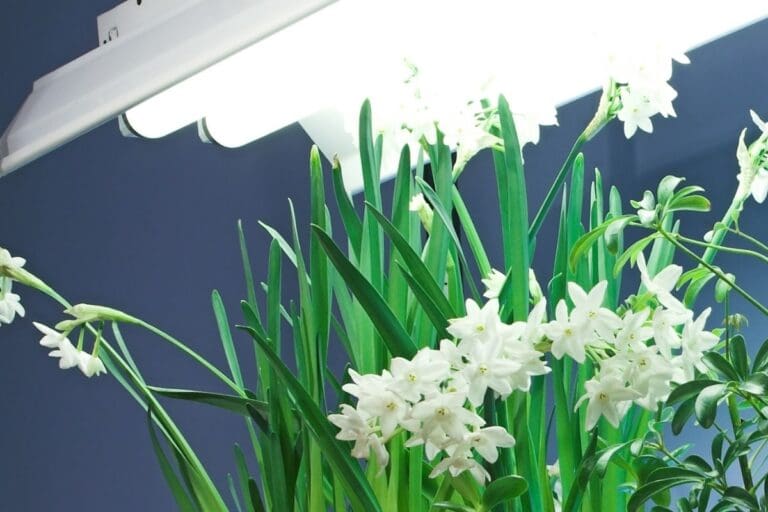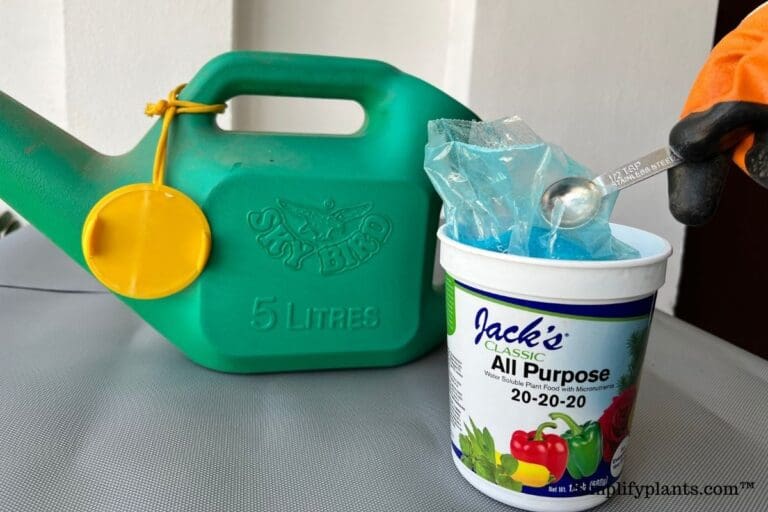6 Soil Tweaks That Help Prevent Overwatering
I know how easy it is to give plants too much water, even when I’m just trying to help them grow. It leaves the soil soggy and roots struggling to breathe.
The right soil tweaks can make watering easier and keep plants healthier. Honestly, a few little changes in your mix can prevent headaches before they even start.
With the right balance, the soil drains well, holds just enough moisture, and supports strong root growth. I’ve collected some easy ways to adjust soil so plants stay hydrated—without the whole overwatering drama.
Please note: Simplify Plants is reader-supported. As an Amazon Associate, I earn from qualifying purchases made by our readers with no extra cost added to you all! Some links in the post are affiliate links and I get a commission from purchases made through links in the post.
1) Add perlite to improve soil aeration
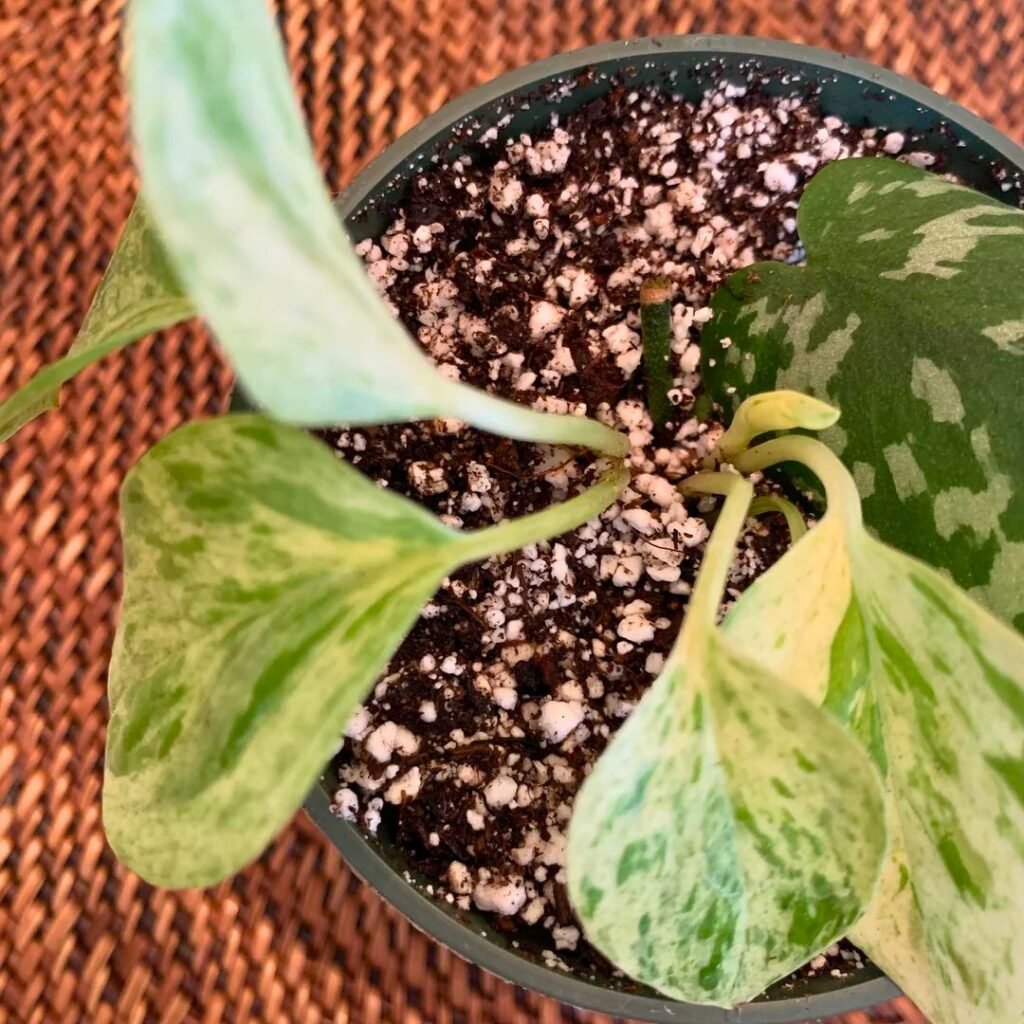
I like to toss perlite into my potting soil because it makes everything lighter and less packed down. Those little white chunks—yep, volcanic glass—help air move through the soil.
When I add perlite, I notice water drains more evenly. My plants don’t end up sitting in soggy soil, and that helps avoid root issues.
I usually go for about one part perlite to three parts soil. That keeps things fluffy but not bone dry.
Perlite also lets roots stretch out more easily. I’ve seen plants grow stronger when their roots have both air and space.
Another bonus: perlite doesn’t break down over time. Once it’s in, it just keeps doing its thing for years.
For me, adding perlite is a small step with a big payoff in preventing overwatering. It keeps my soil balanced and my plants a lot happier.
2) Incorporate coarse sand for better drainage
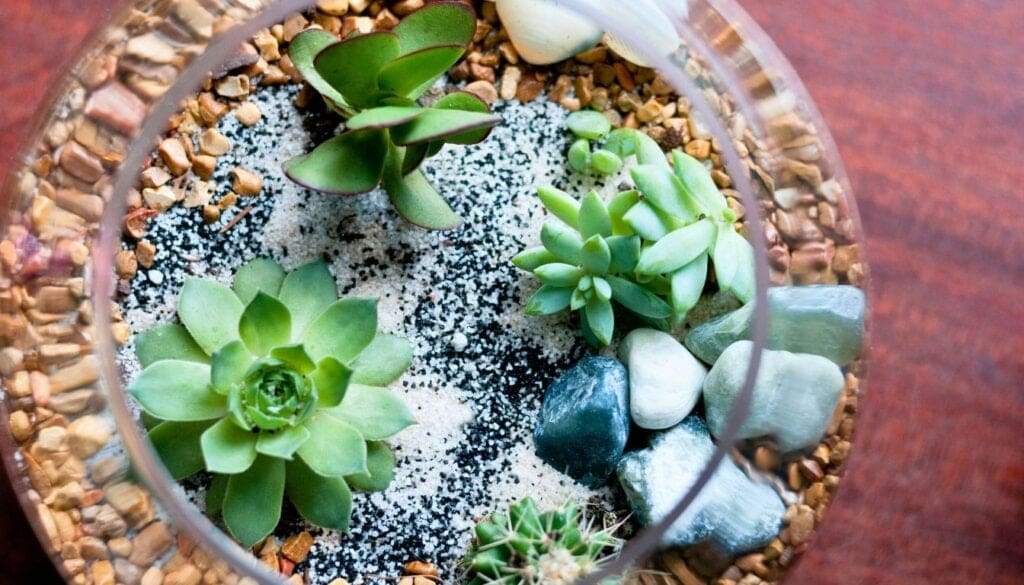
I add coarse sand to my potting mix when water just sits there. It helps water move through instead of hanging around the roots.
The trick is to use coarse sand, not the fine stuff. Fine sand actually makes soil heavier and holds more water—which is the opposite of what we want.
Coarse sand makes little pockets for air and water flow. I usually do about one part coarse sand to three parts soil, keeping things loose but not too dry.
Container plants really benefit from this tweak. Pots drain slower than garden beds, so adding sand can be a game changer.
Better drainage means healthier roots, and that just makes everything easier. I’ve dodged a lot of soggy soil problems with this simple step.
3) Mix in coconut coir to retain moisture without waterlogging
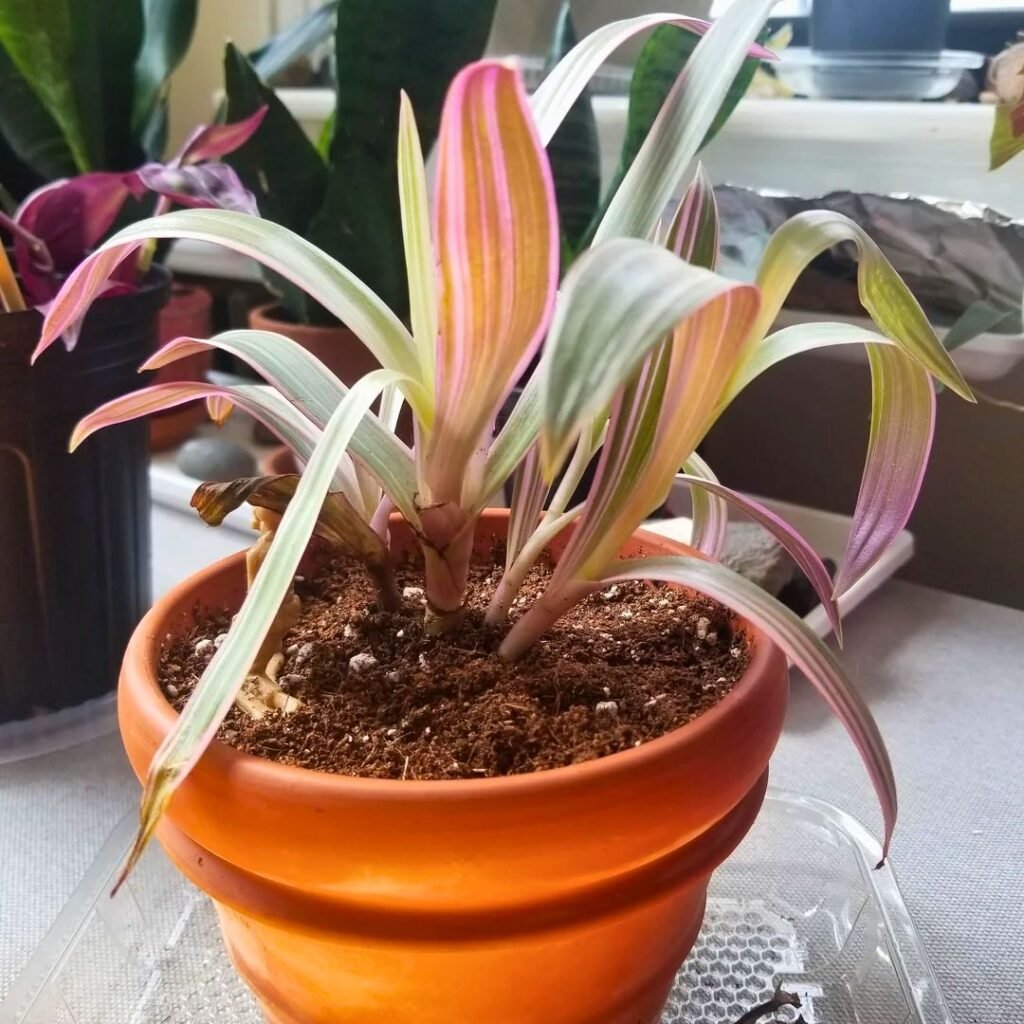
I’m a fan of coconut coir because it holds water but still lets air get through. That balance keeps my plants from drying out too fast, but also stops soggy roots.
When I mix coir into my soil, it feels lighter and fluffier. That texture lets roots spread and breathe.
Healthy roots need both air and moisture, and coir helps with both. Plus, coconut coir breaks down slowly, so it sticks around longer than other organic stuff.
I just add coir in with potting soil or compost. A little goes a long way, and it blends in easily.
It’s simple to use and improves water balance right away. For me, coir works in both indoor pots and outdoor beds—especially containers where soil dries out or stays wet too long.
4) Use worm castings to enhance soil structure
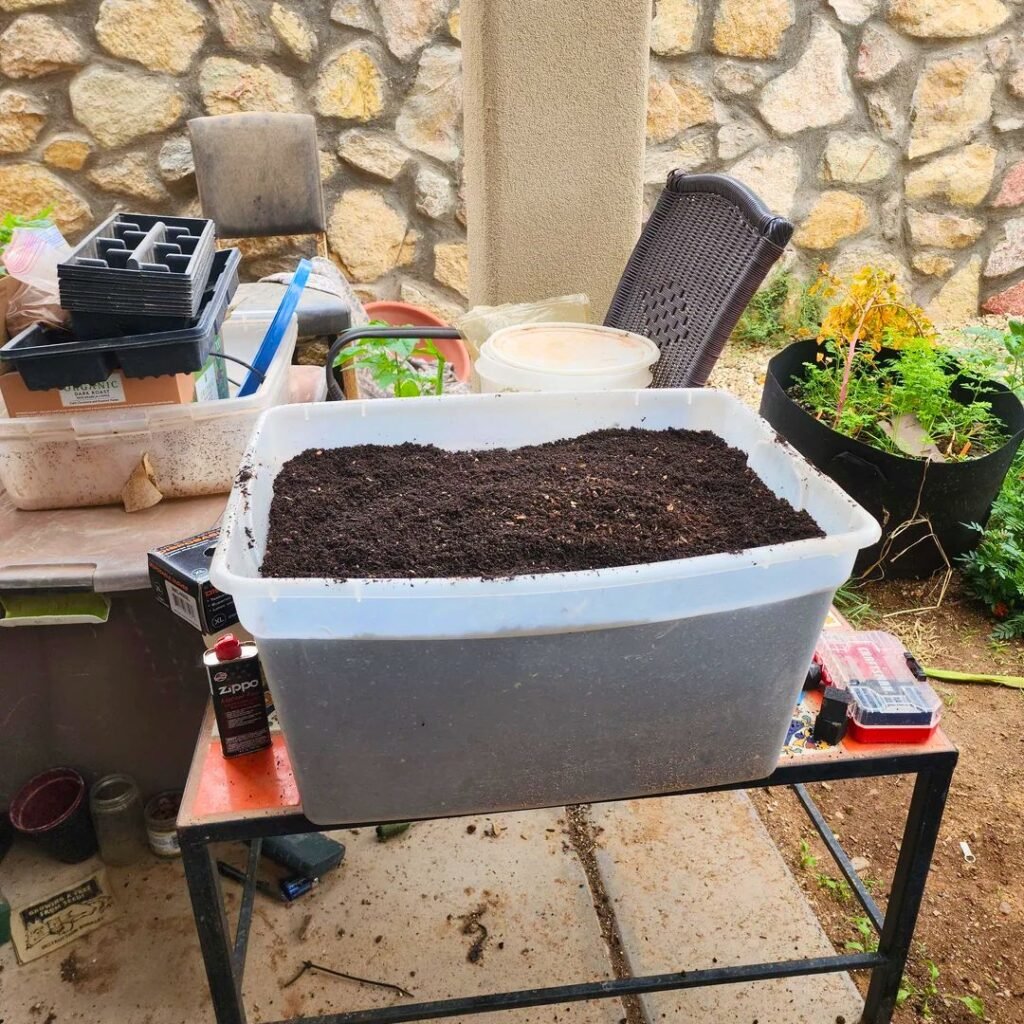
Worm castings are kind of my secret weapon. They make soil hold water just right—never soggy.
The tiny particles in castings make soil crumbly and loose. Water moves through more evenly that way.
When I mix in castings, drainage improves but there’s still enough moisture for roots. That balance really helps prevent overwatering.
Good drainage and steady moisture keep my plants thriving. Castings also add organic matter, which feeds the soil and supports strong roots.
I don’t need much—just a thin layer blended into the top few inches of soil. Sometimes I sprinkle them on the surface as a little boost.
Castings are gentle, so I use them often without worrying about burning plants. They’re simple, safe, and honestly, they just work.
5) Apply biochar to boost water retention and aeration

I like using biochar in my soil because it balances moisture. It holds water without turning everything soggy—big win for avoiding overwatering.
When I add biochar, I notice better aeration. Those tiny pores create air pockets, so roots can actually breathe.
Biochar also keeps soil from getting too compact, making watering more even. It even hangs onto nutrients, so plants get a steady supply of what they need.
I usually mix biochar with compost before working it into the soil. That helps it settle in and start working right away.
For me, biochar is an easy way to manage moisture and create a better home for roots. It supports both water retention and airflow at the same time.
6) Add pumice to increase porosity

Pumice is one of my go-tos for better drainage. Those small, light stones make tiny gaps in the mix, so water can move through and roots don’t end up in a swamp.
When I mix pumice into my potting soil, it just feels lighter. Roots get more air, which helps them stay healthy.
I usually add about one part pumice to three parts soil. Pumice also lasts forever since it doesn’t break down, so the soil stays porous after lots of waterings.
I’ve used it for houseplants, succulents, and even garden pots. It reduces the risk of overwatering without drying things out too much.
Pumice is easy and reliable. I mix it in when I repot, and I worry less about water pooling at the bottom.
Understanding Soil Moisture Balance
I always try to pay attention to how soil holds and releases water. It really does affect plant health more than you’d think.
Small changes in soil texture and drainage can mean the difference between strong roots and, well, a soggy mess.
How Soil Structure Impacts Water Retention
Soil structure controls how much water hangs around the roots. Clay soil holds water tightly, while sandy soil drains too fast.
Mixing in organic matter like compost helps balance things out. It creates pockets that hold moisture but still let air move.
If soil particles are packed too tightly, roots can’t breathe. Even if the soil looks moist, plants can still struggle.
Keeping the soil crumbly and loose gives roots both water and air. I check for soil compaction too—walking on beds or using heavy tools can squish things down.
To fix that, I add mulch or use raised beds. Both help protect soil structure and keep water balance in check.
The Role of Drainage in Preventing Overwatering
Good drainage is everything when it comes to keeping water from pooling at the roots. If water sits too long, hello root rot—been there, not fun.
I make sure my soil has enough coarse material, like sand or perlite, so extra water can escape. Watching how water moves across the surface helps too.
Low spots in the yard tend to collect water, so I avoid planting sensitive plants there. Those areas are better for things that can handle wetter feet.
And for container plants, drainage holes are a must. No holes, no go—even the best soil will hold too much water.
Sometimes I toss in small stones or bits of broken pottery at the bottom of pots to keep roots above any standing water.
Common Signs of Overwatered Soil
I notice overwatered soil when both the plants and the soil start acting weird. These signs help me jump in before roots get wrecked.
Visual Indicators in Plants
First thing I see is yellowing leaves. The healthy green fades, and things look dull.
Wilting is another one, though it’s confusing—wilting usually means dry, right? But overwatered plants feel soft and limp, not crisp.
Leaf drop is a big clue too. Plants can shed both old and new leaves when roots are suffocating.
Here’s my quick list:
- Yellow leaves
- Wilting with soft stems
- Falling leaves
- Slow or stunted growth
If I check the roots and they’re black or mushy, that’s root rot setting in.
Soil Texture and Scent Changes
The soil itself gives away a lot. Overwatered soil feels constantly soggy, not just moist.
When I press it, water might pool on top or stick to my fingers. It often feels dense and heavy, not crumbly like healthy soil.
The smell is a giveaway too. Healthy soil smells earthy, but if it starts smelling sour or musty, that’s a red flag—probably bacteria or fungi moving in.
White mold on the surface is another clue. It usually shows up when the top stays wet for too long.
Frequently Asked Questions
I try to keep things simple when it comes to healthy soil and avoiding waterlogged roots. The right mix, smart watering habits, and a few tweaks really do make a difference.
What are the best soil amendments for improving drainage?
I like using perlite, coarse sand, and coconut coir. Perlite makes air pockets, sand helps water move through, and coconut coir keeps things light but still holds some moisture.
How often should I be watering plants in well-draining soil?
I check the top inch of soil before I water. If it’s dry, I go ahead. Usually, that means watering less often than with dense soil since water drains faster.
Can adding perlite to my soil mix help prevent overwatering?
Absolutely. Perlite creates air spaces in the soil, so roots aren’t sitting in water. It’s especially handy for pots.
What signs indicate that my soil is too dense and retains too much water?
If I notice slow drainage, soggy soil, or yellowing leaves, that’s usually a big red flag for me. It’s like the soil just won’t dry out, no matter what I do.
Roots might look a bit weak or even start to rot, which is never a good sign. Honestly, if things feel swampy down there, it’s probably time to rethink the setup.
How do I adjust my watering schedule for plants in high-humidity environments?
I tend to water a lot less often because humidity slows evaporation. It just doesn’t make sense to stick to a rigid routine when the air is already heavy with moisture.
I always check the soil first—just poking a finger in or using a moisture meter. Sometimes, you have to trust your gut more than the calendar.
Are there specific mulching techniques that help reduce soil moisture?
Yes, actually. I tend to go for light mulch layers—think shredded bark or straw.
A thin layer seems to do the trick, keeping weeds down and moderating soil temperature. It doesn’t lock in too much water, which is great if you’re worried about soggy soil.
Recommended Garden Supplies
| Product Image | Our Recommended Gardening Supplies | Check Offers! |
|---|---|---|
Top Top
Top
Top
Top
Top
Top
Top
Top | rePotme Houseplant and Tropical Classic Potting Soil Mix | Check Offer On Amazon |
 Top
Top
Top
Top
Top
Top
Top
Top | Espoma Organic Indoor Plant Food | Check Offer On Amazon |
 Top
Top
Top
Top
Top
Top
Top
Top | GooingTop LED Grow Light 6000K Full Spectrum Clip Plant Growing Lamp | Check Offer On Amazon |
 Top
Top
Top
Top
Top
Top
Top
Top | Soil Moisture Meter | Check Offer On Amazon |
 Top
Top
Top
Top
Top
Top
Top
Top | Govee Hygrometer Thermometer, Bluetooth Enabled! | Check Offer On Amazon |
 Top
Top | LEVOIT Humidifiers for Large Room(Best For Plants) | Check Offer On Amazon |
 Top
Top
Top
Top
Top
Top
Top
Top | Upgraded DIY Automatic Drip Irrigation Kit, 15 Potted Houseplants Support | Check Offer On Amazon |
 Top
Top
Top
Top
Top
Top
Top
Top | Stainless Steel Heavy Duty Gardening Tool Set | Check Offer On Amazon |
 Top
Top
Top
Top
Top
Top
Top
Top | Bonide Insecticidal Soap | Check Offer On Amazon |
 Top
Top
Top
Top
Top
Top
Top
Top | Bonide 32 oz Spray Neem Oil for Organic Gardening | Check Offer On Amazon |
 Top
Top
Top
Top
Top
Top
Top
Top | Garden Safe Fungicide | Check Offer On Amazon |




